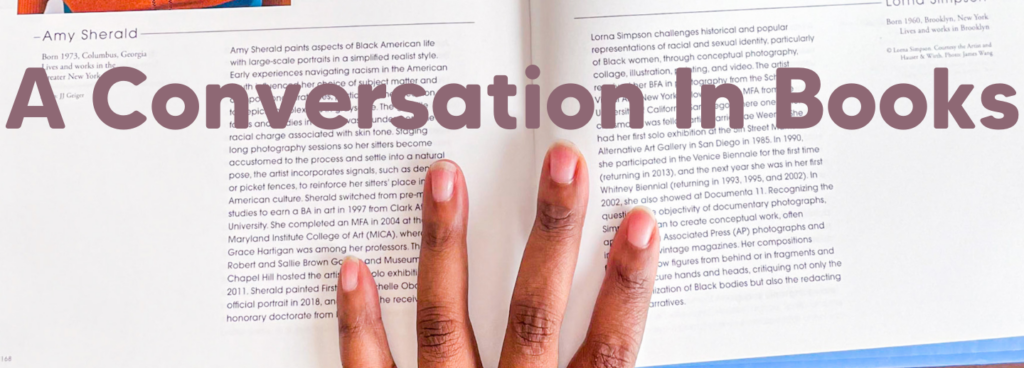
What happens when a Pulitzer Prize winning play intersects with a sartorial revolution? In this month’s Coffee Table Book Club, we’re exploring The Piano Lesson by August Wilson alongside Black Ivy: A Revolt in Style by Jason Jules. At first glance, these may seem like two entirely separate worlds one steeped in the haunting echoes of family legacy, the other a visual journey through sharp tailoring and rebellion. But together, they tell a profound story of identity, resistance, and the art of reclaiming space proving that storytelling, in any form, has the power to shape and redefine.
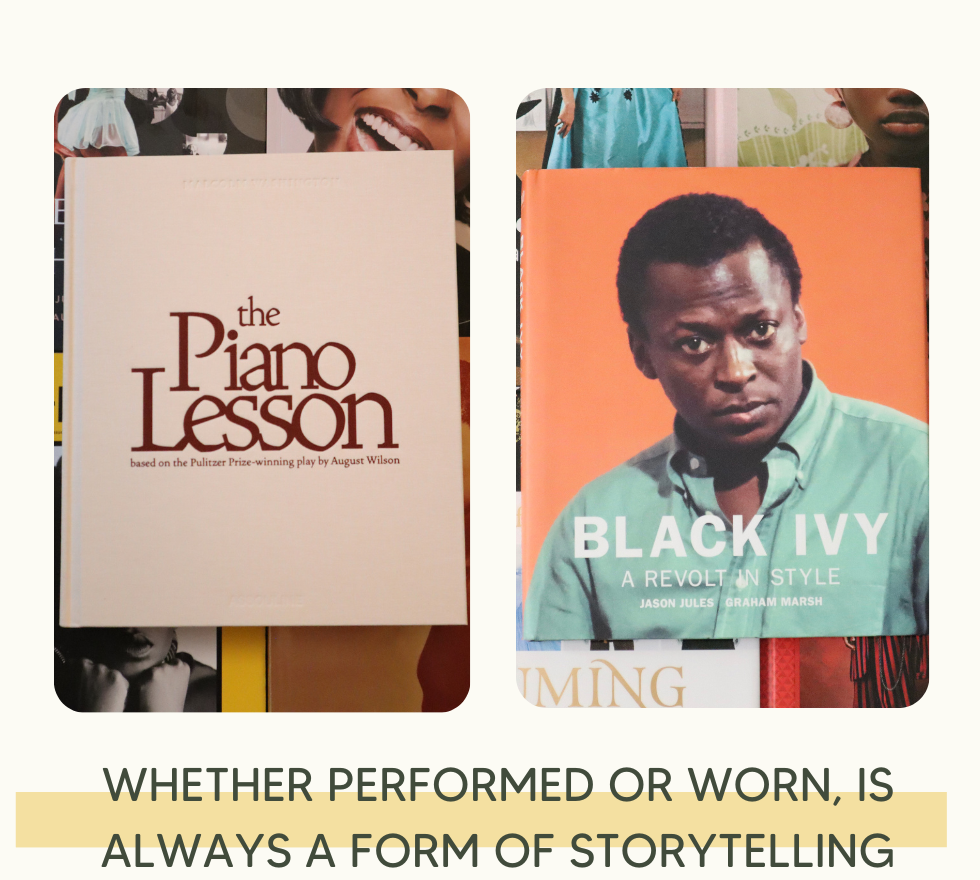
The Piano Lesson: A Portrait of Legacy
Wilson’s The Piano Lesson is more than just a play; it’s a haunting meditation on history, family, and the sacrifices we make to hold onto our roots. At its heart lies the Charles family’s piano, a symbol of both pain and progress. As siblings Berniece and Boy Willie grapple with what to do with the piano whether to preserve its legacy or sell it to forge a future the play asks us to consider how we honor the past while moving forward.
Every line in The Piano Lesson feels like a conversation with history a call to reflect on the choices we make and the stories we carry with us. Wilson reminds us that the art of storytelling, much like music, is an inheritance worth preserving, one that shapes our sense of self and how we relate to those who came before us.
Where The Piano Lesson sings of the past, Black Ivy commands the present. Black Ivy isn’t just a collection of images; it’s a visual manifesto of self expression that showcases the revolutionaries who reshaped fashion, culture, and identity during the mid-20th century. Jason Jules invites us into the world of sharp suits, repp ties, and polished loafers acts of quiet rebellion that marked an era of Black intellectuals and artists reimagining what it meant to belong.
Black Ivy: A Sartorial Revolution
During the mid-20th century, the Ivy League aesthetic was redefined by Black men who were often excluded from its exclusive spaces. Tailored blazers and crisp shirts weren’t just fashion statements; they were declarations of belonging and ambition an act of rebellion against the boundaries of race and class. As these men dressed with intention, they also dressed for revolution, claiming a space that was often denied to them.
Black Ivy offers more than just timeless fashion; it’s a cultural critique, showing how fashion can be used as a tool for activism and self-definition. The book’s sharp tailoring, bold silhouettes, and refined details don’t just reflect style they symbolize resilience, dignity, and a legacy of defiance.
The Dialogue Between Two Texts
Both works invite us to think about how we shape our identities. In The Piano Lesson, legacy is tangible a piano, carved and polished, carries the weight of generations. In Black Ivy, identity is worn stitched into every hemline, pocket square, and tailored suit. Together, they remind us that resistance can be spoken, sung, or even styled.
Imagine Boy Willie in one of Black Ivy’s sharply tailored suits would his fiery drive feel differently? Or Berniece, poised and resolute, her presence amplified by the quiet power of polished simplicity? These works teach us that how we carry ourselves, whether through our words or our wardrobe, matters deeply. Just as the piano in The Piano Lesson becomes an instrument of storytelling, so too does fashion act as an instrument for expressing and reclaiming our story.
If something stirred while reading this, Creativity Unleashed is a 10-day experience designed to help you begin again with less pressure and more joy. HERE!
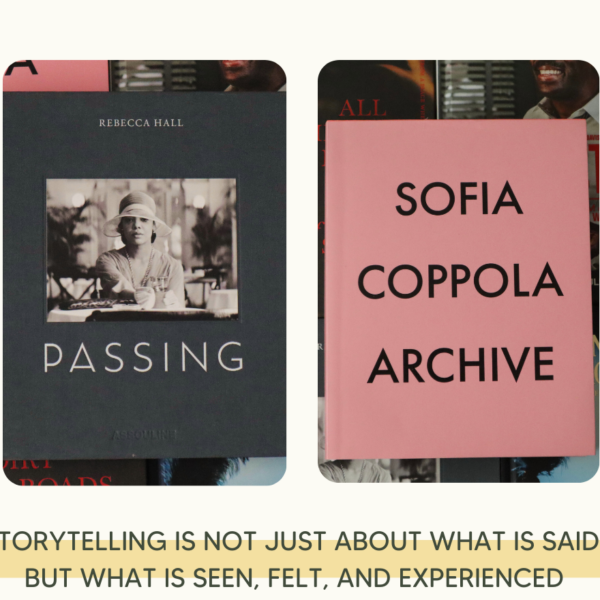
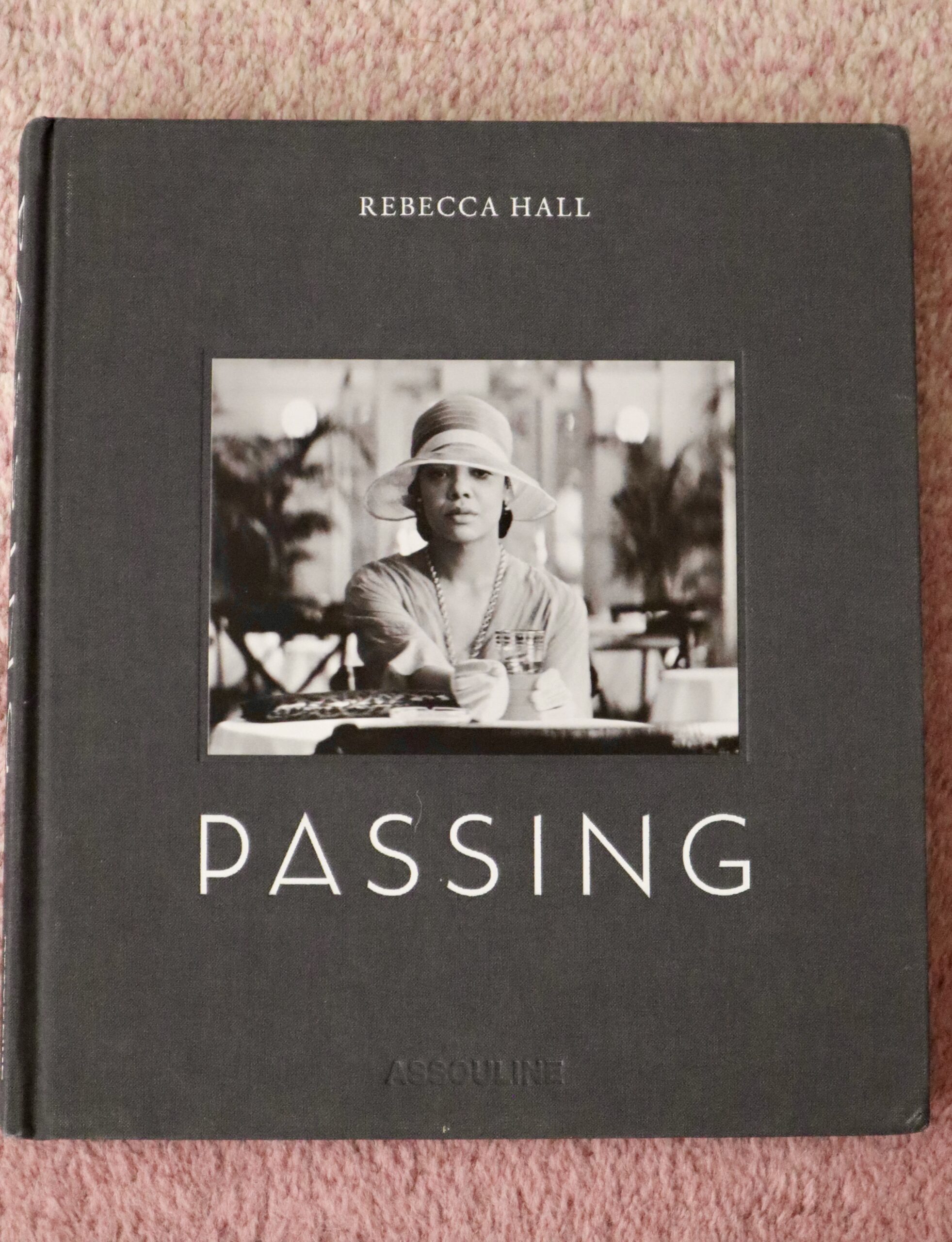
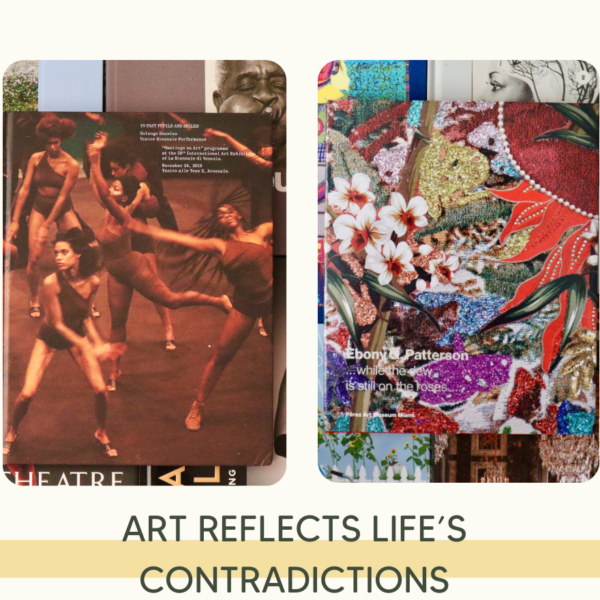
[…] Let’s Chat Have you experienced The Piano Lesson—whether through August Wilson’s original work, a live performance, or this transformative film adaptation? How do stories of family, legacy, and identity resonate with your own life? I’d love to hear what moves you and how these themes have impacted your own perspective on the past, present, and future. Check out our Conversation Between Books post here. […]